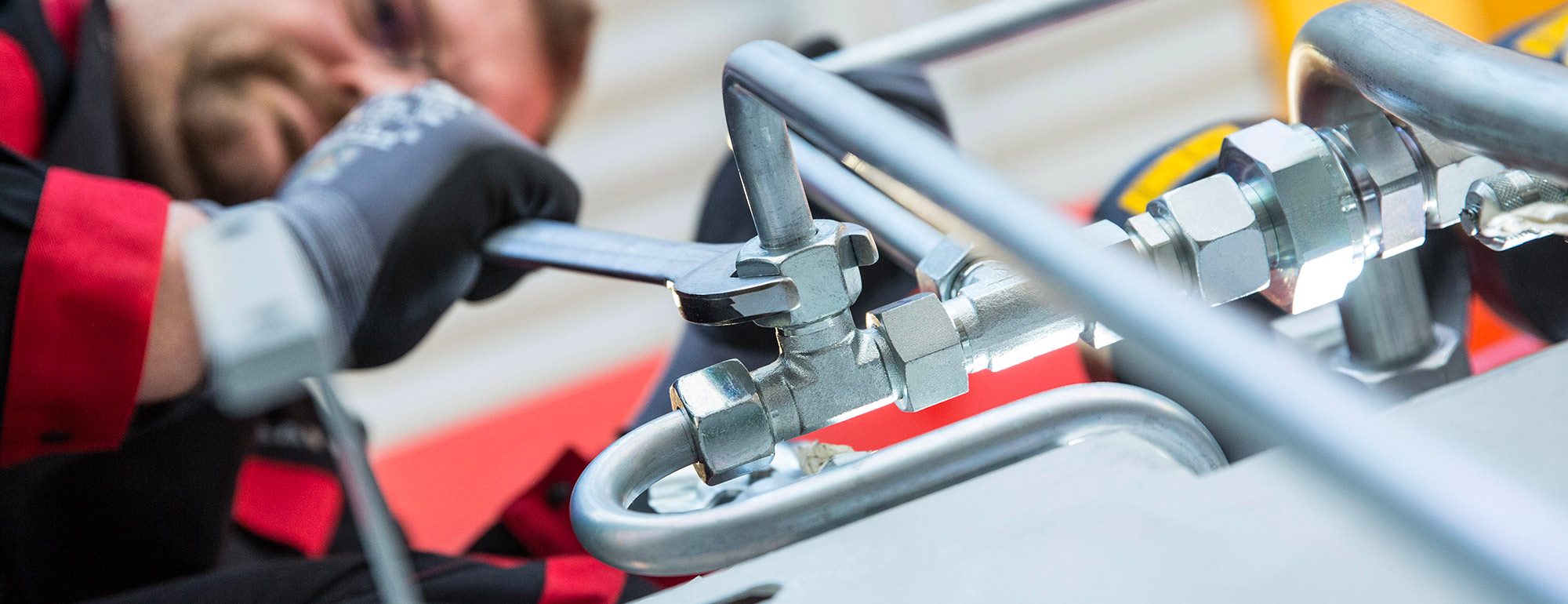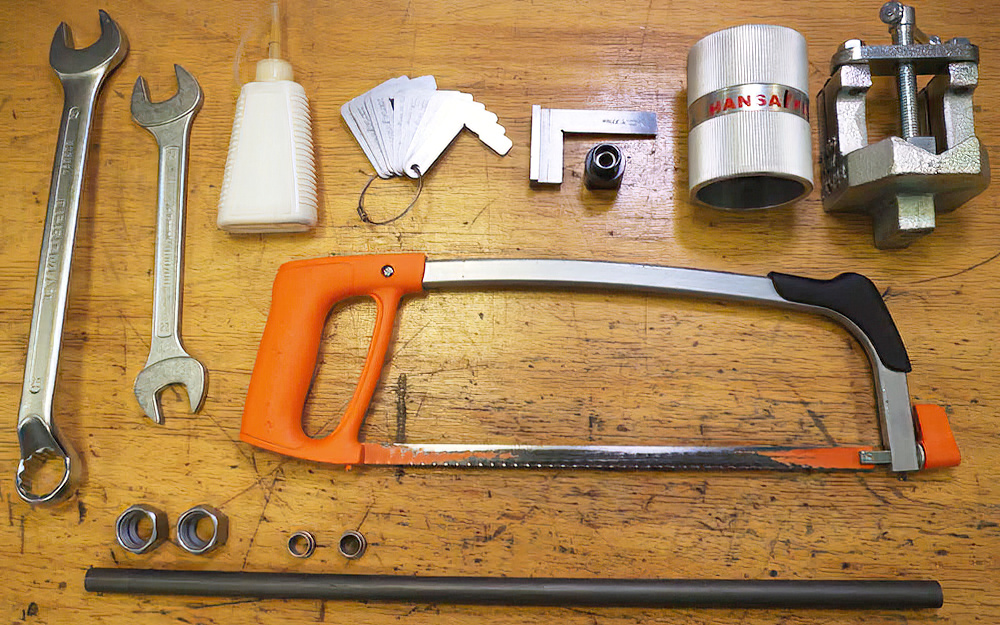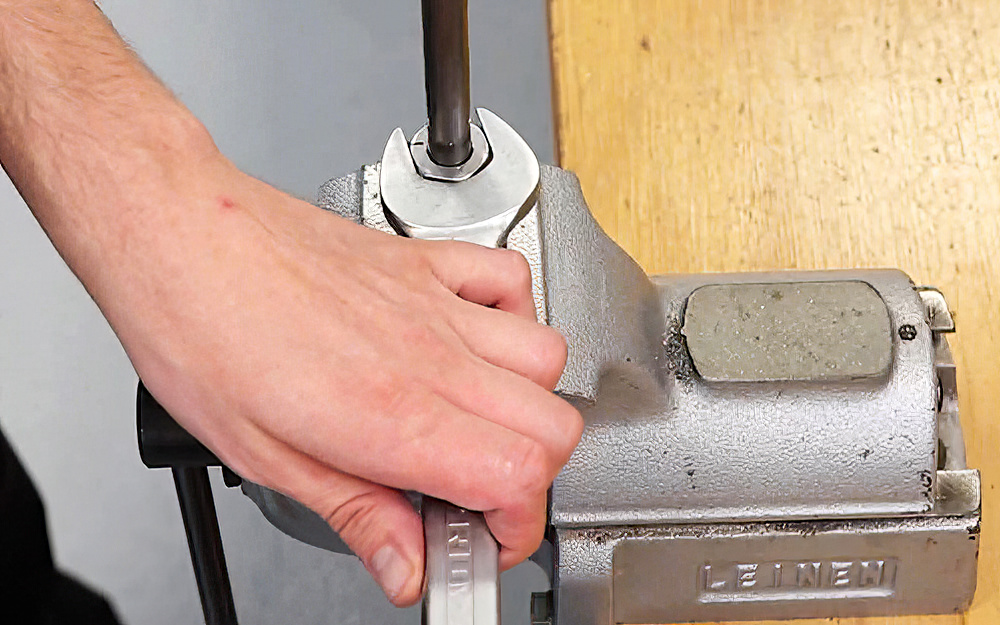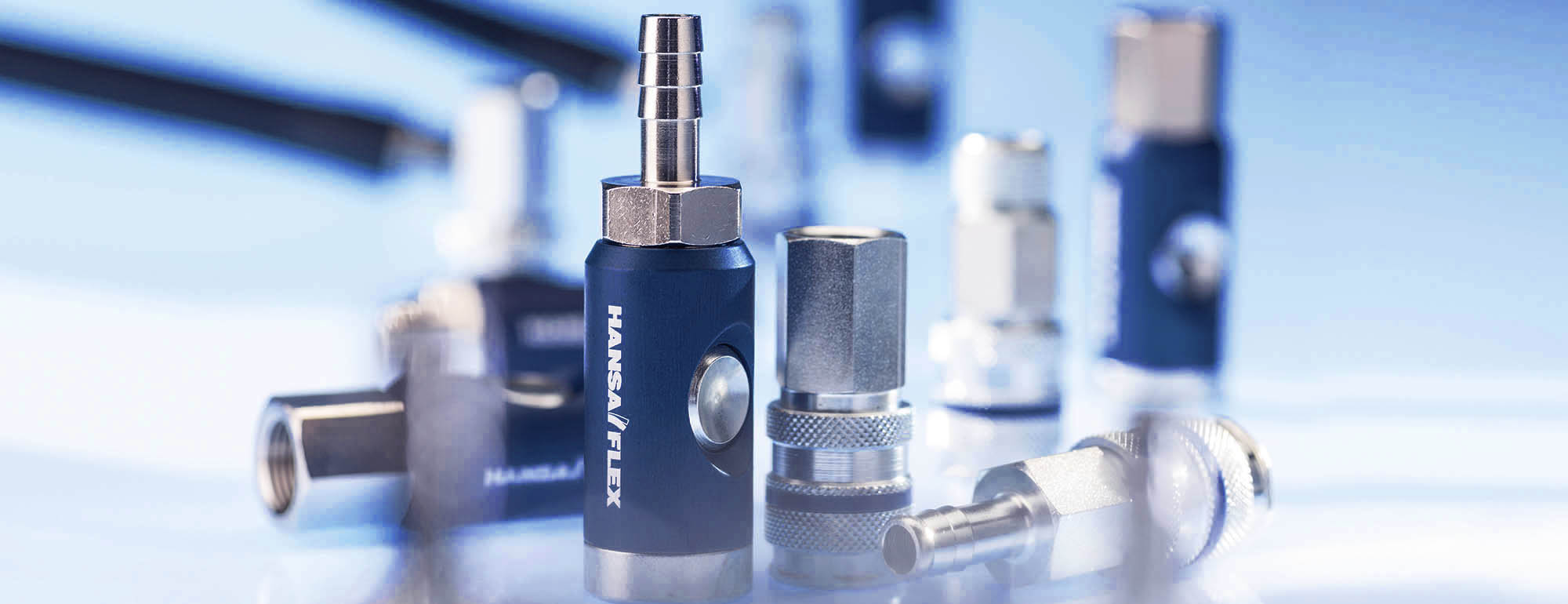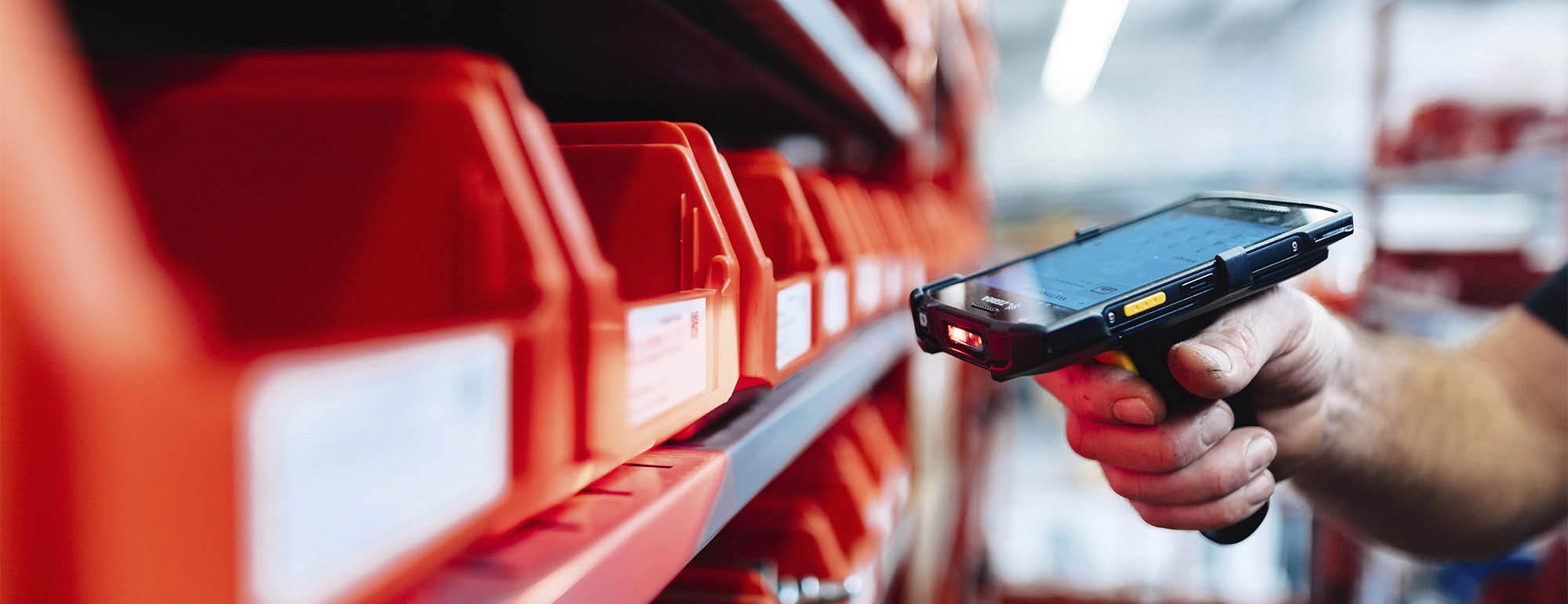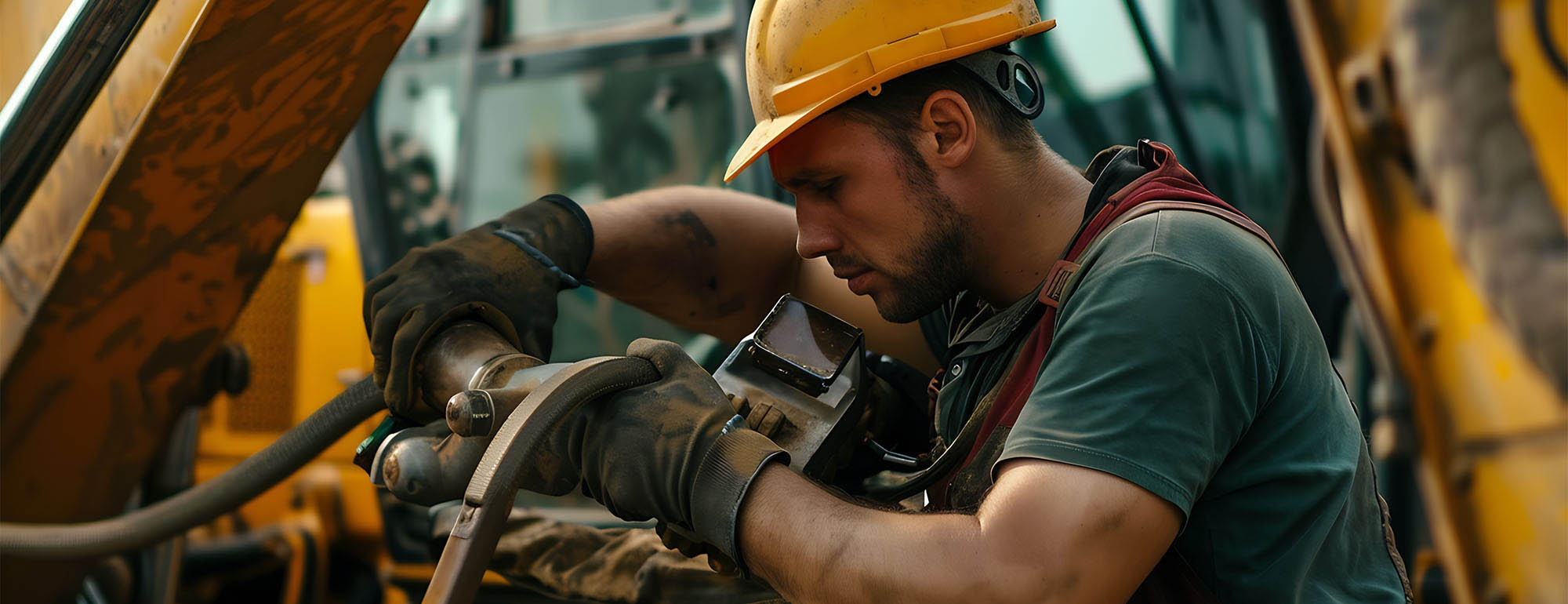Step 1: Preparations
Step 2: Cutting, deburring, cleaning
However, you should never addtionally use a bench grinder or a cordless drill with a countersink bit. There is too great a risk that the maximum bevel of 0.2 x 45° will be exceeded. To clean the hydraulic pipe, we recommend cleaning projectiles which are shot through the pipe using a special blow gun.
Step 3: Pre-assembly and final assembly
Die Überwurfmutter und ein Fixpunkt am Schraubstock bzw. Vormontagestutzen sollte nun mit einem Strich in einer Flucht markiert werden. Da für die korrekte Vormontage mit dem Ringschlüssel min. 1 ¼ Umdrehungen der Überwurfmutter notwendig sind, bietet sich dadurch eine optische Kontrollmöglichkeit, wenn während der Montage mehrere Male der Ringschlüssel umgesetzt werden muss. Die Kontrolle der richtigen Vormontage erfolgt anschließend anhand der 80%igen Überdeckung – auch Bundaufwurf genannt – der Schneidringstirnfläche.
Die Fertigmontage erfolgt dann in der Regel an der Maschine bzw. Anlage. Dabei wird die vormontierte Hydraulik-Rohrleitung nach dem Aufdrehen bis zum deutlich spürbarem Kraftanstieg mit einer zusätzlichen Viertelumdrehung festgezogen und die Verbindung damit endmontiert.
Caution: Over-tightening
-

Matthias Müller
Trainer for line technology and hydraulic oils (IHA)

